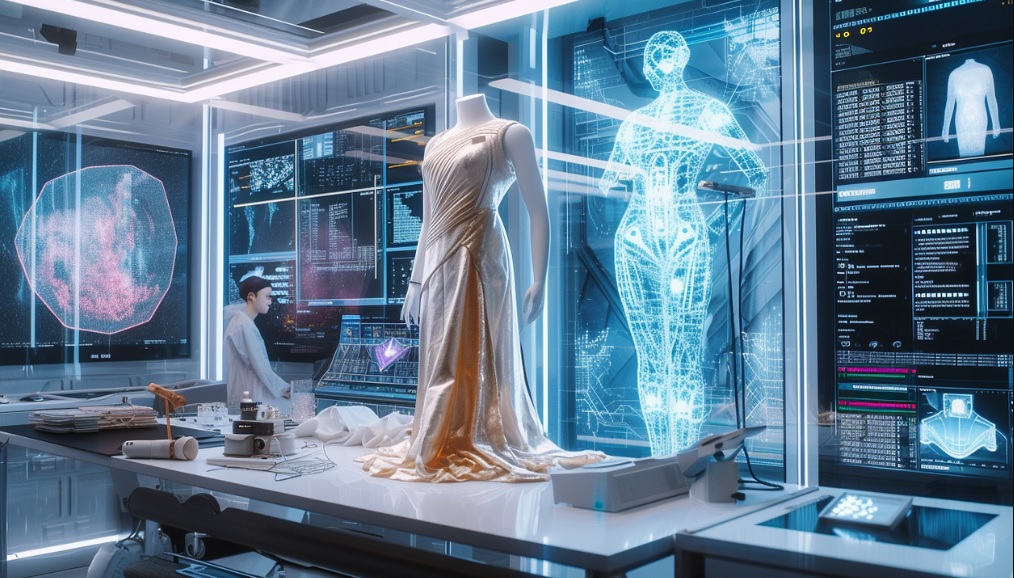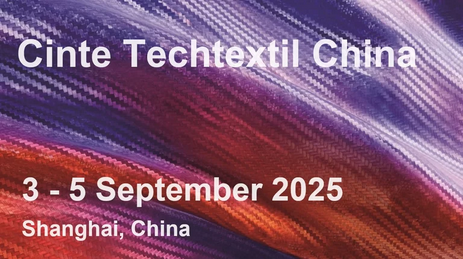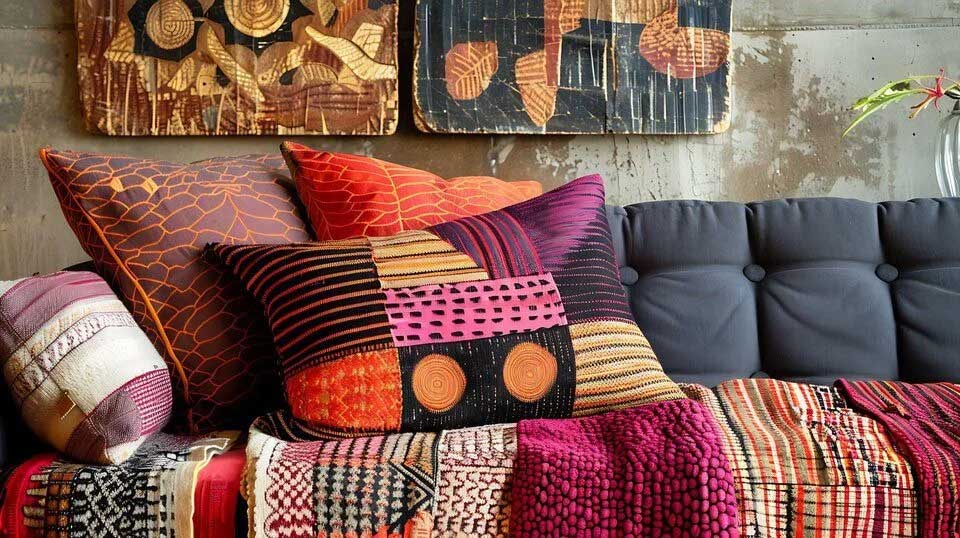
The fashion industry, once steeped in tradition, is undergoing a digital metamorphosis. Fashion tech, the marriage of cutting-edge technology and sartorial creativity, is poised to transform every stage of the apparel lifecycle, from design to sales.
Weaving efficiency across the garment line
Fashion tech empowers designers with new tools from design to trend forecasting.
3D design software: Platforms like CLO3D allow designers to virtually create and simulate garments, reducing physical prototypes and waste.
AI-powered inspiration & trend forecasting: Machine learning algorithms analyze vast datasets to predict trends and suggest design elements, streamlining the creative process. A McKinsey report states AI-powered demand forecasting can reduce overstocks by up to 30 per cent, significantly impacting profit margins. "AI can't replace the human touch in design, but it can be a powerful tool for generating ideas and iterating on concepts," says Sarah Johnson, a fashion designer who uses AI tools in her work.
Sourcing & manufacturing
Fashion tech streamlines sourcing with blockchain technology, which ensures transparency in the supply chain. This empowers consumers to track the origin of materials and labor practices, promoting ethical sourcing. According to a report by Business of Fashion and McKinsey, 63 per cent of global consumers are willing to pay a premium for sustainable products
Blockchain for transparency: Blockchain technology provides a secure and transparent way to track the origin of materials and manufacturing processes, ensuring ethical and sustainable practices. "Blockchain can empower consumers to make informed choices about the clothes they buy," says Michael Lee, CEO of a sustainable fashion brand utilizing blockchain.
On-demand manufacturing: 3D printing and digital knitting technologies enable on-demand production, reducing waste from overproduction and allowing for quicker response to trends.
Marketing & sales
AR (augmented reality) allows customers to virtually try on clothes in their own space, enhancing the shopping experience. Social media marketing and influencer collaborations leverage data to target specific demographics, increasing brand awareness and sales. “Social media has democratized fashion. Now anyone can be a tastemaker and share their style with the world,” says Eva Chen, Director of Fashion Partnerships at Instagram.
Virtual try-on with Augmented Reality (AR): AR apps allow customers to virtually try on clothes in their own space, enhancing the online shopping experience. "AR try-on is a game-changer for online retail, reducing return rates and improving customer satisfaction," says Jessica Park, Founder of an AR fashion startup.
Personalized shopping experiences: AI-powered chatbots and recommendation engines personalize the shopping experience, suggesting products based on past purchases and browsing behavior.
The fashion tech landscape is brimming with innovation across the globe. For example in Europe, London and Berlin are hubs for fashion tech startups, with a focus on sustainability and ethical sourcing. In North America, Silicon Valley giants like Amazon are investing heavily in AR and VR applications for fashion retail. And in Asia, China boasts of a thriving fashion tech ecosystem, with companies pioneering on-demand manufacturing and personalized experiences.
The business models for fashion tech companies vary. For example, Software-as-a-Service (SaaS) which companies like CLO3D offer design software on a subscription basis. Similarly, platforms facilitating on-demand production may charge fees per garment produced. Companies may sell data insights on consumer behavior to fashion brands.
Cost optimization vs. investment
While some fashion tech solutions require upfront investments, the long-term benefits can be substantial. Here's how fashion tech can optimize costs:
Reduce waste: 3D design and on-demand manufacturing minimize waste from physical prototypes and overproduction.
Improve efficiency: Streamlined workflows through AI and automation lead to faster production cycles and lower operational costs.
Enhance customer experience: Personalized marketing and AR try-on can reduce return rates and boost customer satisfaction.
The financial viability of fashion tech platforms depends on several factors. Widespread adoption by fashion brands and consumers is crucial for revenue generation. The ability to scale solutions to cater to a larger customer base is essential for profitability. Also, SaaS models require a robust recurring revenue stream to be sustainable.
As per Market Research Report on Fashion Tech, the global fashion tech market is estimated to reach $1,082.5 billion by 2027, with a Compound Annual Growth Rate (CAGR) of 23.3 per cent. This rapid growth indicates a significant opportunity for fashion tech companies. Similarly, a Grand View Research study says, the global fashion tech market is expected to reach a staggering $2.9 billion by 2025, with a Compound Annual Growth Rate (CAGR) of 22.4 per cent.
As data becomes the new fabric of fashion, AI personalizes experiences, and AR/VR transcends physical limitations, fashion tech promises to redefine how we design, produce, and consume clothing. While challenges like affordability and integration remain, the future of fashion is undoubtedly intertwined with technology.












